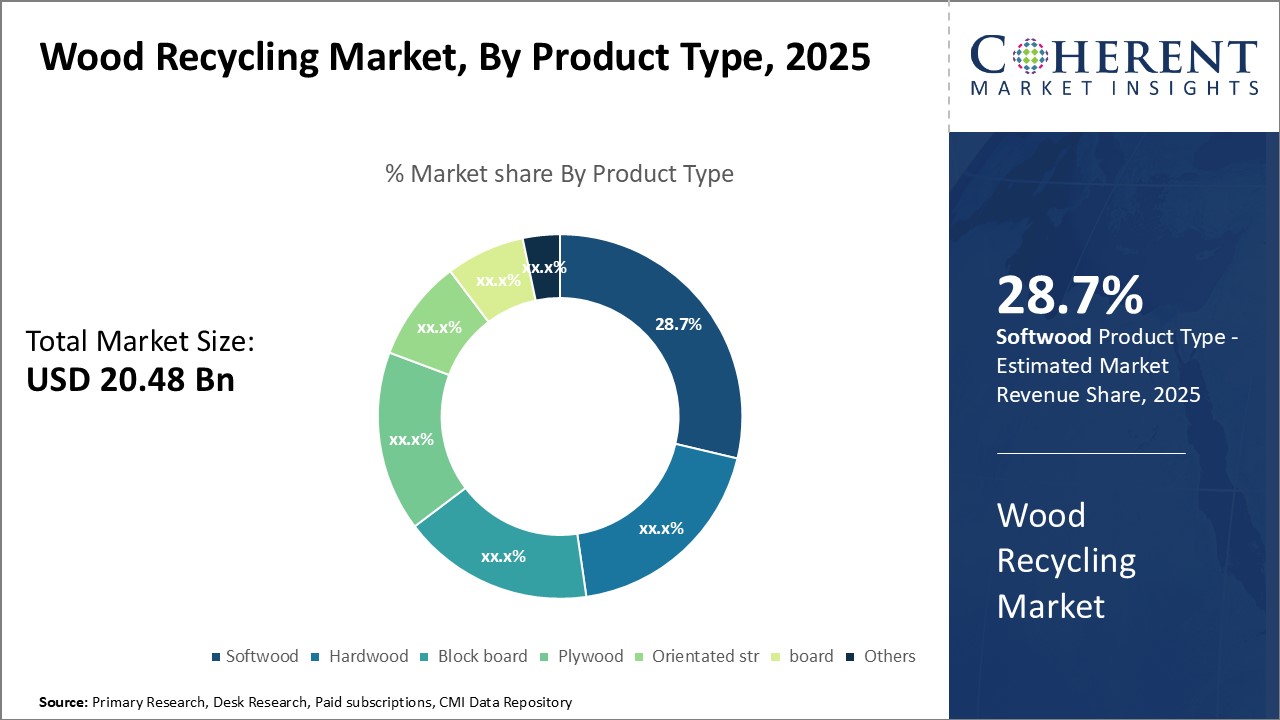The demand for durable, eco-friendly construction materials is rising globally, opening new doors for the wood preservation business. Also known as wood treatment or woodpres, this process involves treating timber with preservatives to enhance its resistance to termites, fungi, and environmental damage. For countries with growing infrastructure and environmental awareness, this industry presents a high-potential business opportunity.
Why Invest in Wood Preservation?
Natural timber, while beautiful and versatile, is vulnerable to decay, moisture, and insect attacks. This limits its lifespan and structural integrity, especially in outdoor or high-humidity applications. Preserved wood, on the other hand, offers:
- Extended durability (up to 30-40 years depending on treatment)
- Increased resistance to pests and rot
- Reduced maintenance costs
- Higher sustainability through optimized timber usage
These benefits are particularly valued in countries with strict building codes, green construction trends, and climate challenges — such as the United States, Canada, Australia, and Northern European nations.
Market Demand and Business Potential
The global wood preservation market is expected to grow significantly in the coming years, driven by:
- Expansion of residential and commercial construction
- Demand for outdoor furniture, decks, and fences
- Eco-conscious consumers looking for sustainable alternatives to tropical hardwoods
- Government incentives for green building materials
Treated wood is increasingly being used in marine structures, bridges, power poles, railway sleepers, and landscape products — providing broad and diverse market segments for new businesses.
Setting Up a Wood Preservation Business
Starting a woodpres business abroad involves several steps:
- Research Local Regulations: Each country has specific standards for wood preservatives (e.g., CCA, ACQ, or borates) and environmental guidelines. Ensure your business complies with health and safety laws.
- Invest in Equipment: You will need a pressure treatment plant, vacuum chambers, drying kilns, and storage facilities. Equipment costs vary based on capacity and automation level.
- Source Quality Timber and Chemicals: Sustainable sourcing is essential. Partner with certified timber suppliers and choose eco-friendly preservatives.
- Build a Skilled Team: Train workers in safety procedures, quality control, and customer service.
- Develop a Strong Brand and Online Presence: Create a professional website with SEO keywords like:
- “Pressure-treated wood supplier [Country/City]”
- “Eco-friendly wood treatment”
- “Wholesale preserved timber”
- Network and Partner: Collaborate with construction companies, landscape designers, and government agencies to build trust and expand your market reach.
Long-Term Sustainability
Sustainability is a key selling point. Promote your business as part of the circular economy by using certified wood, minimizing chemical waste, and recycling offcuts. This can enhance your appeal to eco-conscious clients and open doors to international green building certifications like LEED or BREEAM.
Conclusion
A wood preservation business is not only a smart financial investment but also a contribution to sustainable development. With proper planning, compliance, and a focus on quality, entrepreneurs can tap into a growing international market and offer valuable solutions for modern construction needs.


